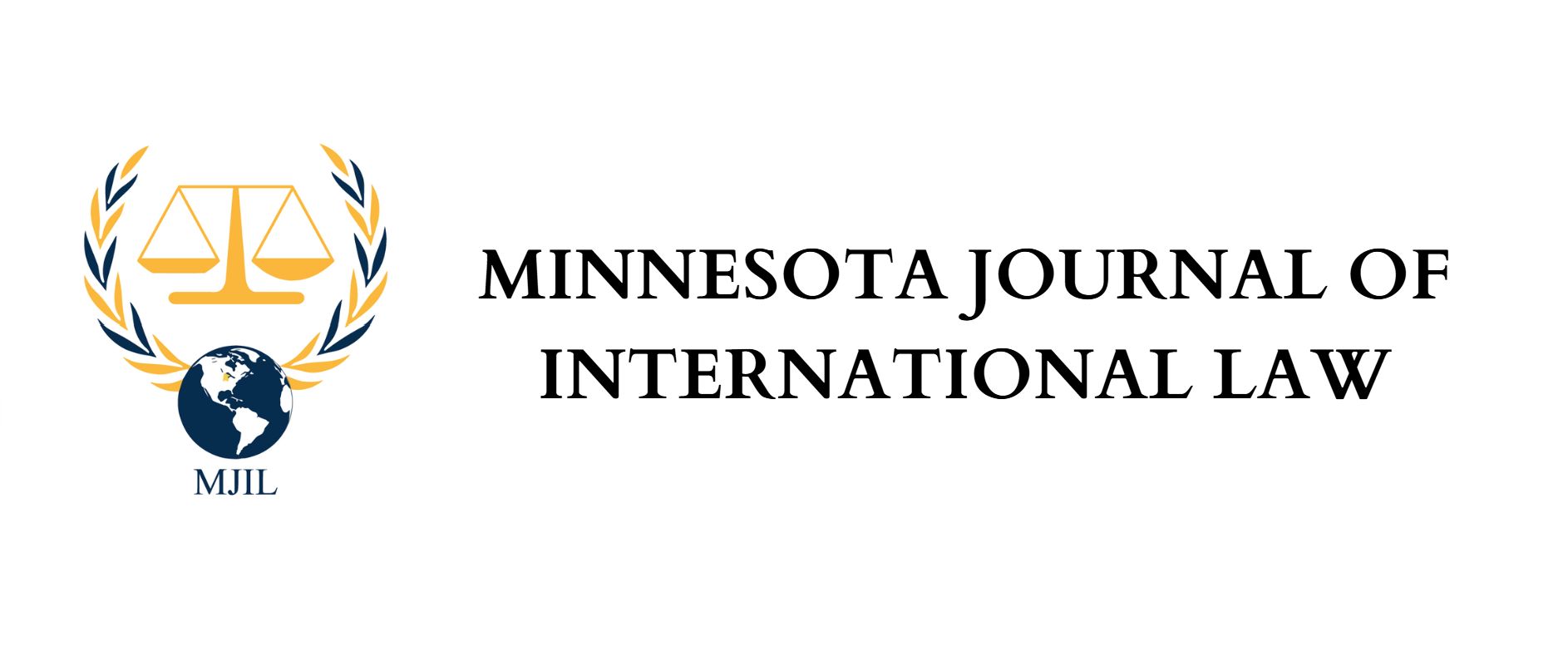By Jason Jack, MJIL Staff Member
Foreign Direct Investment (FDI) generally refers to the activities of corporations investing in projects outside of their own country’s borders. Factors commonly understood to influence FDI include economic conditions, diplomatic connections, and simple supply and demand. An additional factor that has often been overlooked is a country’s particular system of insolvency law. Insolvency generally refers to the inability of a corporation to pay its debts in full. Bankruptcy refers to the legal process used to resolve an insolvency.[1]
The World Bank provides a score on a scale of 0-12 for “Strength of Legal Rights” for corporate entities which is heavily influenced by insolvency and bankruptcy laws.[2] The World Bank also provides data of FDI amounts for most countries.[3] In general, countries with higher scores have higher FDI levels. In addition, evaluating FDI levels around the time of significant updates to insolvency laws shows that in general, FDI increases fairly quickly as a direct result of changes to insolvency laws, especially those impacting cross-border insolvency.
There are several examples of changes to insolvency laws impacting FDI. In 2006, New Zealand passed legislation updating its insolvency laws to grant additional rights to creditors and improve existing procedures.[4] In 2007, it experienced it highest FDI level on record.[5] In late 2002, Russia passed legislation updating its insolvency laws.[6] Russian FDI levels increased significantly in 2003 and nearly doubled in 2004. The United States made revisions to its bankruptcy code in 2005, specifically addressing cross-border insolvency.[7] FDI increased in 2006 and by 2007 reached its highest level up to that point.[8]
While no one factor on its own will definitively impact FDI, insolvency laws are clearly a factor that while at least influential, have often been ignored in most studies of FDI. Significant changes to insolvency laws can have immediate impacts on FDI levels. Countries seeking to increase FDI levels within their borders need to consider revisions and updates to insolvency laws as a significant factor.
[1] See David Kirk, What is the Difference Between Bankruptcy and Insolvency?, The Gazette, https://www.thegazette.co.uk/insolvency/content/100329 (last visited Dec. 29, 2016).
[2] World Bank World Development Indicators, Financial access, Stability, and Efficiency (2016) http://wdi.worldbank.org/table/5.5
[3] World Bank World Development indicators, Foreign Direct Investment Net
Inflows,
http://databank.worldbank.org/data/reports.aspx?source=2&series=BX.KLT.DINV.CD.WD&country.
[4] Andrew Tetley New Zealand, in World Insolvency Systems: A Comparative Study 507, 508 (Otto Eduardo Fonseca Lobo, ed., 2009).
[5] World Bank FDI, supra note 3.
[6] Dmitry Kurochkin Overview of Russian Insolvency Law, in World Insolvency Systems: A Comparative Study 587, 587 (Otto Eduardo Fonseca Lobo, ed., 2009).
[7] Megan R. O’Flynn, The Scorecard so Far: Emerging Issues in Cross-Border Insolvencies Under Chapter 15 of the U.S. Bankruptcy Code, 32 Nw J. Int’l. bus. 391, 396 (2012).
[8] World Bank FDI, supra note 3.
